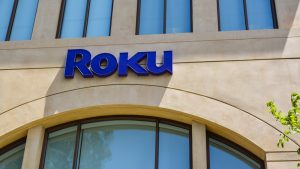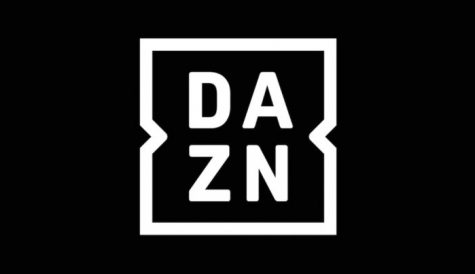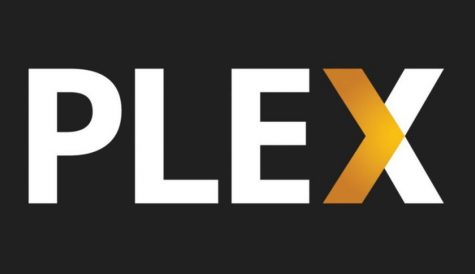Roku beats Q2 expectations, but is in no rush to bridge streaming gap with WarnerMedia and NBCUniversal
 Streaming device maker Roku saw a better-than-expected Q2 with device sales increasing to US$111.3 million with 43 million monthly active users.
Streaming device maker Roku saw a better-than-expected Q2 with device sales increasing to US$111.3 million with 43 million monthly active users.
Highlighting the extent of viewing during stay-at-home orders which have been issued around the world, Roku said that streaming time on its devices grew by 65% year-over-year to 14.6 billion hours.
Roku also said that existing customers added almost 3 million devices during the quarter, indicating that Roku users are pleased with the brand.
The company noted that while advertising is its key revenue source, it still relies on device sales to drive revenue, with overall revenues increasing by 42% in the quarter and 41% year-over-year to US$356 million.
Revenue of the Platform segment which includes the ad business grew by 46% year-over-year to US$244.8 million. Its monetised video ad impressions grew by around 50% year-over-year, buoyed by the acquisition of ad platform dataxu in Q4 2019.
Of its ad business, Roku said that its first-time ad clients were up 40% year-over-year, while retention rate of advertisers who spent upwards of US$1 million was at 92%.
The company also touted the strength of its ad-supported streamer The Roku Channel, which was watched by an estimated 43 million households in the quarter. Roku hopes that this growth will continue following the launch of the streamer in the UK in April and the addition of a live TV EPG in June.
Despite all of these positive trends, one point of concern for the company has been an inability to do deals to carry the recently launched streaming services HBO Max and Peacock, particularly given Roku’s positioning of itself as a content aggregator.
Speaking on the company’s earnings call, CEO Anthony Wood indicated that the company is not in a hurry to secure distribution of the Warner and NBCUniversal streamers.
He said: “We’re not always the first, when it comes to adding new services to our platform, because it’s important to us that we establish a win-win relationship, that economic model with our content distribution partners, as well as with our advertisers is what funds are a business.”



